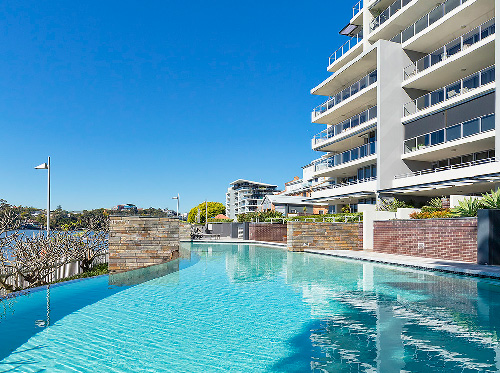It goes way back

The story of Cutters Landing starts with the construction of the Colonial Sugar Refining Company Refinery (CSR Refinery) in 1892 and 1893. It operated in New Farm for over a century and was added to the Queensland Heritage Register on 21 October 1992.
The Colonial Sugar Refinery ceased operations in 1998 and used the Refinery for storage until the site was sold to Mirvac in 2000. Mirvac worked alongside the Queensland Heritage Council and the Urban Renewal Taskforce to develop the innovative the Cutters Landing residential precinct. In its redevelopment, a strong focus remained on maintaining The Refinery’s riverfront presentation.
Today, Cutters Landing Realty is proud to manage this unique site, a reminder of Brisbane’s industrial past. Walking through the Refinery building, you can see cast iron structures, timber trusses and exposed brickwork pitched against contemporary finishes, providing a pleasant blend of history and modern amenity.
The Refinery today
Within the Refinery, the extraordinary changes in structure and heritage aspects have led to a range of apartment types not readily found (nor even considered) in any new apartment buildings.
This is evident in the construction of the ground level Kiln apartment, where the retention of cast iron columns predetermined its volume and led to the creation of a mezzanine bedroom level.

Large volumes of space and the distribution of windows in the Char segment provided for the design of New York styled lofts; while two pavilions terminating with large terraces were created from the Laboratory building to take advantage of the sweeping river views.
The Pan segment’s changing volumes and building form allowed for the evolution of two unique split level apartments on the top floors.
The Administration building, detached from The Refinery on its southern extremity, lent itself well to being established as a stand-alone residence. Retention of its original features, such as fireplaces, has preserved the heritage charm and character of this unique building.
Old penetrations have been adapted to provide increased openings for light, ventilation and balcony additions, while new openings enhance the functionality of residential layouts.

